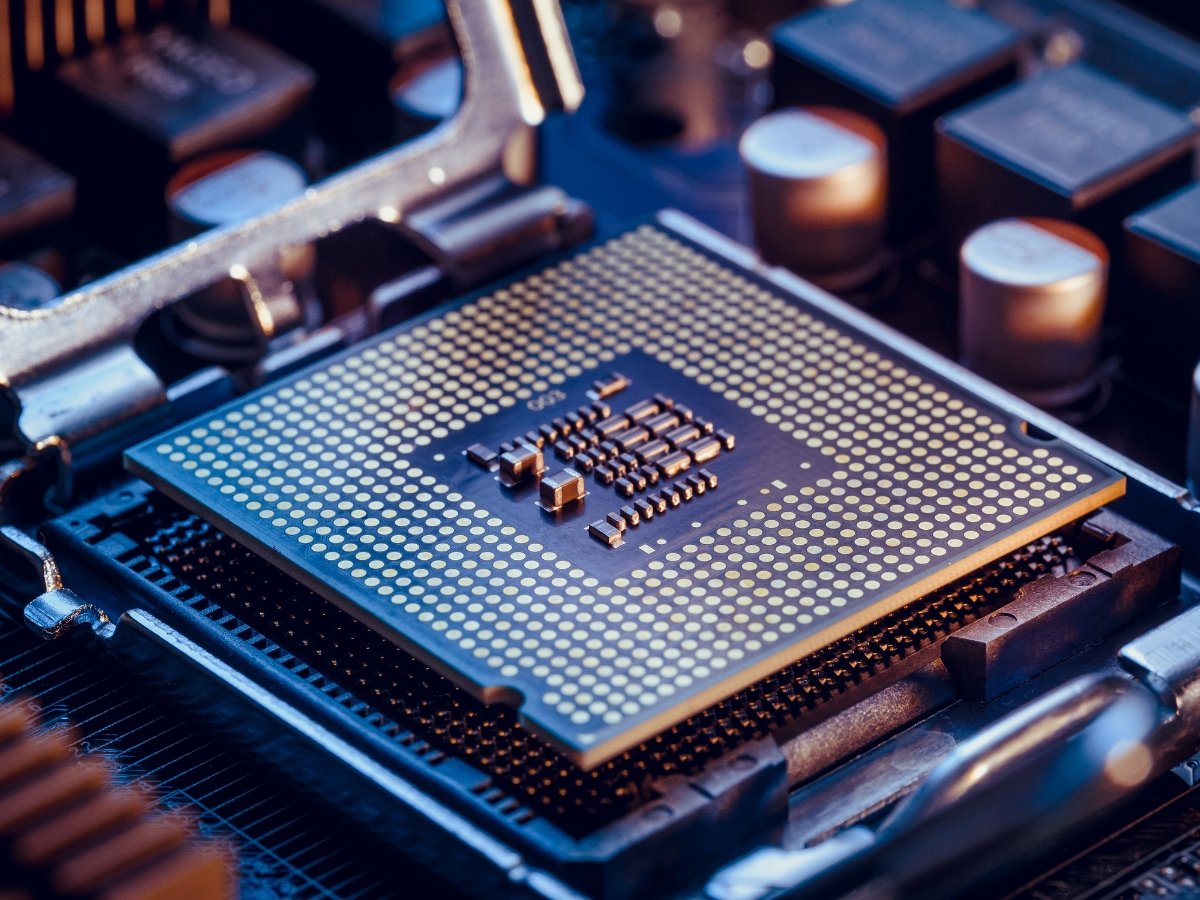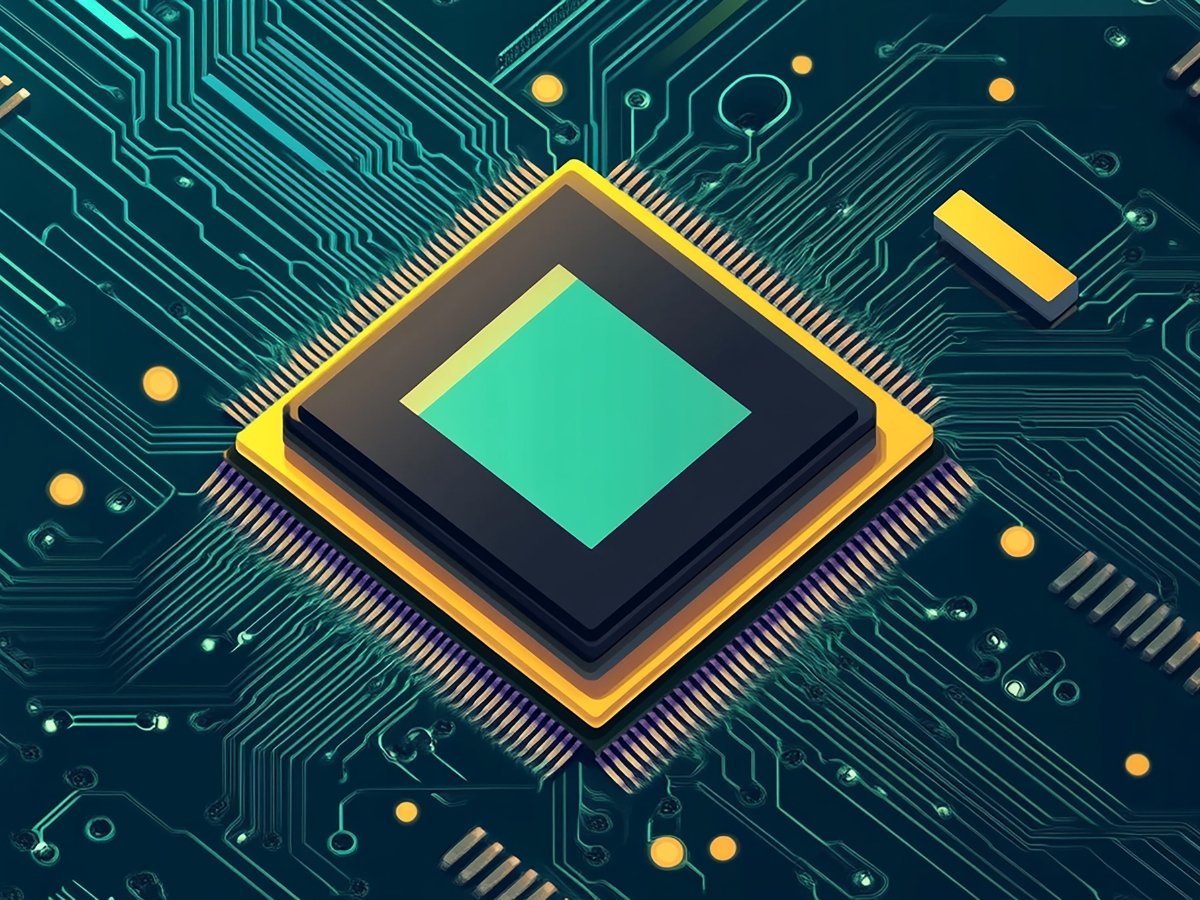If you’re an ECE (Electronics and Communication Engineering) graduate, chances are you’ve asked yourself this question:
“Should I pursue VLSI or Embedded Systems for my career?”
Both domains offer exciting opportunities, but they differ in skills, roles, growth potential and salary packages.
In this blog, we’ll help you make an informed decision by comparing VLSI (Very Large Scale Integration) and Embedded Systems careers in detail.
What is VLSI?
VLSI (Very Large Scale Integration) refers to the process of creating integrated circuits (ICs) by combining thousands to millions of transistors on a single chip.
Key Areas in VLSI:
- Digital & Analog IC Design
- ASIC & FPGA Design
- Physical Design & Layout
- Verification & Testing
- Semiconductor Device Fabrication
VLSI is the backbone of semiconductors, AI processors, EV battery management systems (BMS ICs) and consumer electronics.
What are Embedded Systems?
An Embedded System is a microcontroller or microprocessor-based system designed to perform specific tasks.
Key Areas in Embedded Systems:
- Embedded C/C++ Programming
- Microcontroller & Microprocessor Design
- Real-Time Operating Systems (RTOS)
- Firmware Development
- Hardware-Software Co-Design
Embedded systems power everything from IoT devices and medical equipment to automotive ECUs and smart appliances.
VLSI vs Embedded Systems: Career Comparison for ECE Engineers
| Factor | VLSI | Embedded Systems |
| Job Roles | Design Engineer, Verification Engineer, Physical Design Engineer, Layout Engineer | Embedded Software Developer, Firmware Engineer, Systems Engineer, IoT Developer |
| Core Skills | VLSI Design, ASIC/FPGA, CMOS, EDA Tools (Cadence, Synopsys), HDL (Verilog, VHDL) | C/C++, RTOS, Microcontrollers, ARM Architecture, Hardware Interfacing |
| Industries | Semiconductor, AI Chips, EV BMS, Consumer Electronics | IoT, Automotive, Healthcare Devices, Consumer Electronics |
| Job Demand (2025) | High (due to Semiconductor boom & talent shortage) | High (driven by IoT & Automotive growth) |
| Average Salary (India) | ₹6–12 LPA (entry to mid-level) | ₹5–10 LPA (entry to mid-level) |
| Learning Curve | Steeper — requires strong EDA tool expertise and hardware fundamentals | Moderate — more coding-focused with hardware interfacing |
| Global Opportunities | Very high — with companies like Intel, TSMC, Qualcomm | High — with companies like Bosch, Honeywell, Continental |
| Future Scope | Long-term growth with specialization in advanced chip design | Steady growth with potential in IoT, AIoT and Industry 4.0 |
Which Career Path is Better for ECE Engineers?
Choose VLSI if:
- You are interested in chip design, semiconductor physics and hardware optimization.
- You enjoy working with EDA tools, Verilog/VHDL and have strong analytical skills.
- You want to be part of the AI, EV and semiconductor revolution.
Choose Embedded Systems if:
- You are inclined towards coding, firmware development and working close to hardware.
- You enjoy building smart devices, IoT applications and real-time systems.
- You prefer a software-hardware integration role with diverse applications.
Why VLSI is Gaining More Traction in 2025
While both fields are growing, VLSI is witnessing a global talent shortage, creating a high demand for skilled professionals.
The Indian government’s “Semicon India” initiative and global investments in chip manufacturing are pushing VLSI careers to the forefront.
MOSart Labs’ IIT Certified VLSI PG Diploma Program equips ECE graduates with industry-ready VLSI skills, hands-on IC design projects and placement support with top semiconductor companies.
Final Verdict
Both VLSI and Embedded Systems offer rewarding careers for ECE engineers. The choice depends on your interests:
- VLSI is hardware-intensive with high specialization.
- Embedded Systems combine coding with hardware applications.
If you aim for high-growth roles in semiconductor giants and want to future-proof your career, VLSI is a clear winner in 2025 and beyond.
Ready to Build a Career in VLSI?
Get certified with MOSart Labs’ IIT Certified VLSI PG Diploma and fast-track your journey to becoming an industry-ready VLSI engineer.



